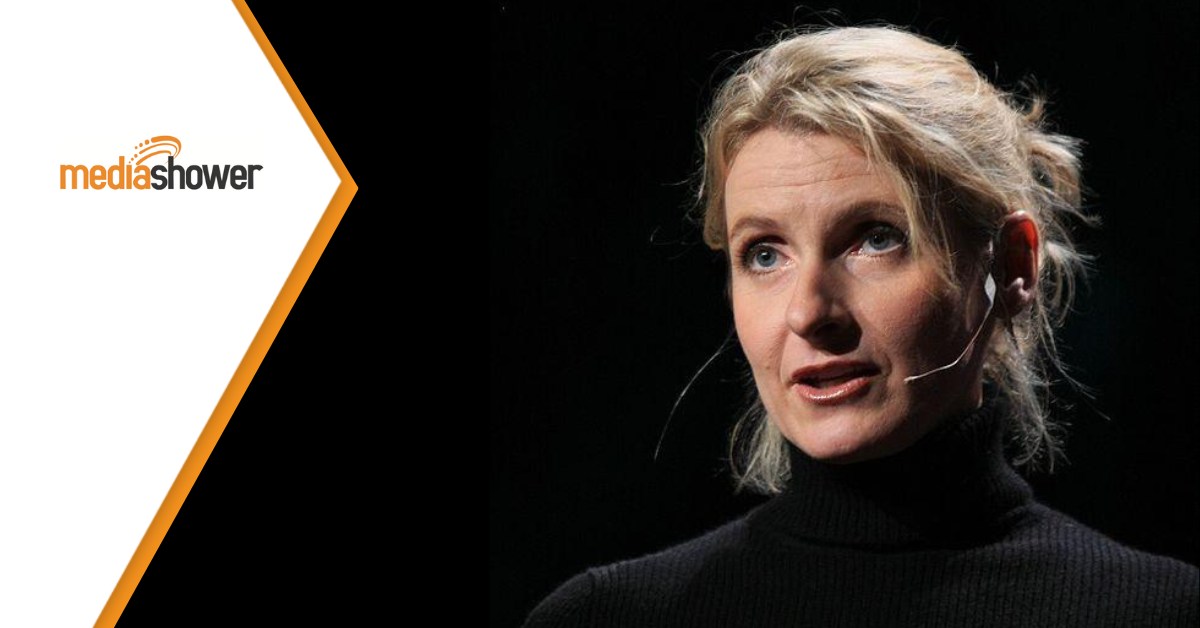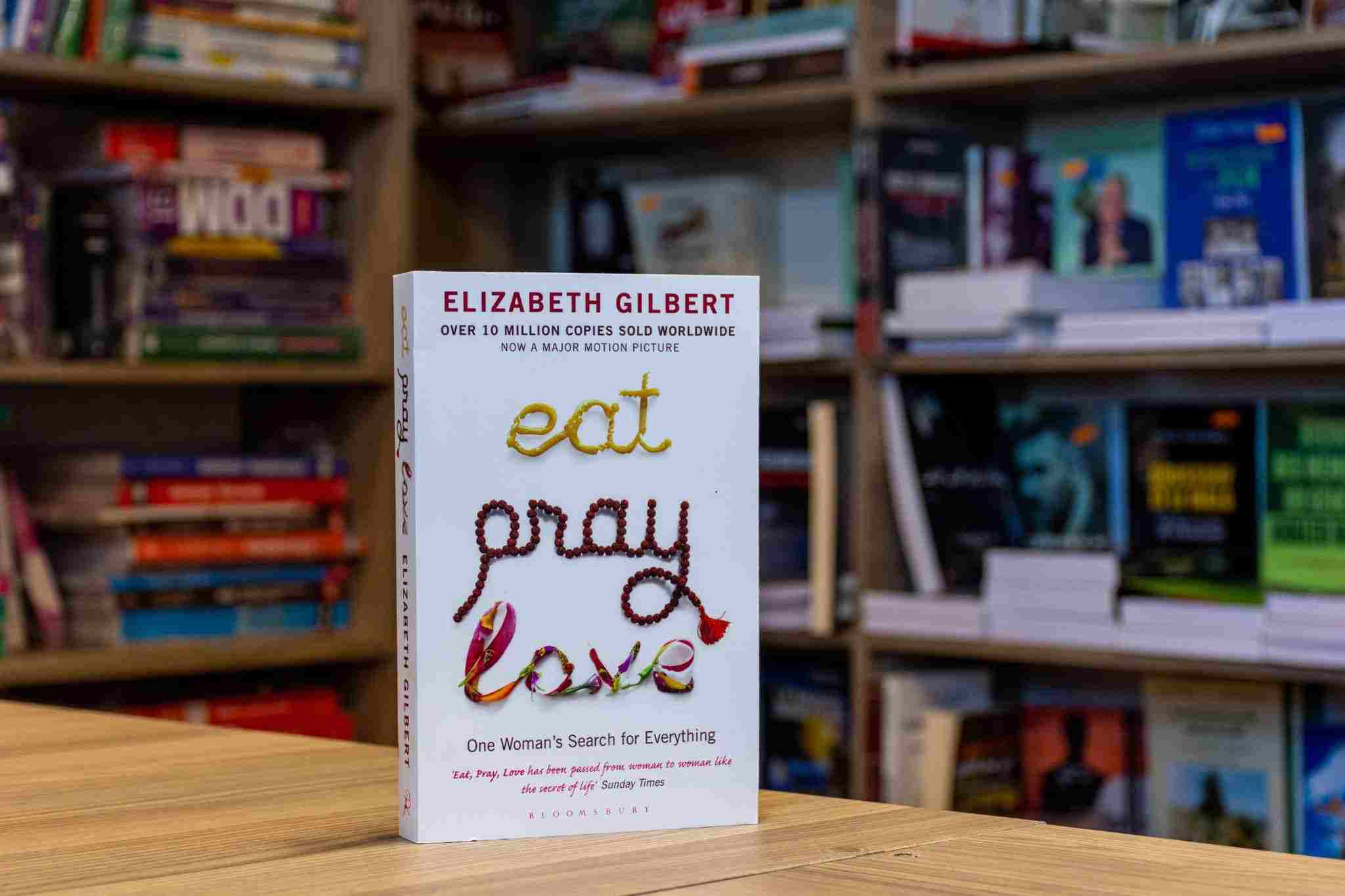
Elizabeth Gilbert is arguably the epitome of a “freelance” writer: She’s trotted the globe, won multiple awards for her journalism and fiction, and turned her work into movies. Best known for her memoir Eat, Pray, Love, Gilbert has had a career filled with creativity and inspiration, both inside and out.
Gilbert, however, views her success from a different perspective, not as something she earned but as a collaboration with something she has little control over. In a TED talk, she argues that creative work is a collaboration with external forces and that viewing creativity this way is better for our mental health and our work. In the process, she shows how to harness these forces to encourage and inspire your audience.
Be Vulnerable
Gilbert starts by discussing the anxiety that’s supposedly unique to artists, couching it in a joke:
“…they come up to me now, all worried, and they say, ‘Aren’t you afraid you’re never going to be able to top [Eat, Pray, Love]? Aren’t you afraid you’re going to keep writing for your whole life, and you’re never again going to create a book that anybody in the world cares about ever again?’
So that’s reassuring, you know.”
Here, she understands her audience: creatives, or want-to-be creatives, who are looking for someone who “made it” and has the blueprint for success. But Gilbert quickly dispels the myth, revealing she’s just as anxious as everyone else.
Importantly, in creating that level of identification, she also breaks down walls for her audience. She’s communicating that there is no magical space that only a few can reach, but rather that creativity is a job like any other:
“…my dad, for example, was a chemical engineer, and I don’t recall once in his 40 years of chemical engineering anybody asking him if he was afraid to be a chemical engineer, you know? ‘That chemical-engineering block, John, how’s it going?’”
Gilbert’s honesty is something communicators can emulate: She puts herself out there, even when it’s tough. Not many authors will admit they’re worried about being a flash in the pan, but Gilbert is willing to talk about it, as it serves her more significant point.
While Gilbert is serious about her thesis, she’s lightening the tone with humor. This lets her be vulnerable and deal with these topics frankly while not letting that frankness drive the tone of her speech. Especially as she’s pushing against the idea of the writer as a tortured figure, she’s “walking the walk” and showing that she isn’t defined solely by her fears.
Sharing Personal Anecdotes
Gilbert then interrogates where the idea of the tortured creative came from. She points out that until the Enlightenment, creativity was viewed as an external force:
“People believed that creativity was this divine attendant spirit that came to human beings from some distant and unknowable source, for distant and unknowable reasons. The Greeks famously called these divine attendant spirits of creativity ‘daemons.’”
To Gilbert, this had some upsides:
“If your work was brilliant, you couldn’t take all the credit for it. Everybody knew that you had this disembodied genius who had helped you. If your work bombed, not entirely your fault, you know? Everyone knew your genius was kind of lame.”
However, this doesn’t reflect how people experience the process of creating. Gilbert relates a story acclaimed poet Ruth Stone told her. Stone told Gilbert in an interview that she could “feel” a poem coming, and she had to race to get it:
“…when she felt it coming because it would shake the earth under her feet, she knew that she had only one thing to do at that point, and that was to, in her words, “run like hell”…she had to get to a piece of paper and a pencil fast enough so that when it thundered through her, she could collect it and grab it on the page. And other times, she wouldn’t be fast enough, so she’d be running and running, and she wouldn’t get to the house, and the poem would barrel through her.”
Gilbert has chosen her anecdote here, a good model for making your case as a communicator. Gilbert is relating to the anxiety and frustration that creatives might experience as part of their process because Stone felt it, and Gilbert has, too.
Gilbert then notes that while her day-to-day experience of creativity is different, referring to herself as a “mule” instead of a “pipeline,” she’s had the same experience of ideas coming out of the blue. For Gilbert, the question is how to manage what’s a mercurial collaborator.
Sharing Stories of Others

Gilbert then shares another anecdote about creativity, this time from musician Tom Waits and how his approach to creativity shifted:
“…one day, he was driving down the freeway in Los Angeles, and this is when it all changed for him. And he’s speeding along, and all of a sudden, he hears this little fragment of melody that comes into his head as inspiration often comes, elusive and tantalizing, and he wants it. It’s gorgeous, and he longs for it, but he has no way to get it….And instead of panicking, he just stopped. He just stopped that whole mental process and did something completely novel. He looked up at the sky and said, “Excuse me, can you not see that I’m driving?” “Do I look like I can write down a song right now? If you want to exist, return at a more opportune moment when I can care for you. Otherwise, bother somebody else today. Go bother Leonard Cohen.”
Again, this distills Gilbert’s approach to its essence. The story is funny but caters to her points and a shared experience with the audience. She encourages them to realize the creative process isn’t entirely in their control, and to set aside the anxiety of creating.
More importantly, there is a message that we can take from this as marketers: in a creative field that is dominated by deadlines, criticism, and fast delivery, it can be easy to lose that sense of creativity. But Gilbert situates creativity as something we do every day. It’s an active and collaborative practice.
Stay Accessible
With humor and identification, Gilbert teaches us that creativity isn’t just something we pull from the air, or the product of rare genius, but an everyday practice available to all of us. With humor and stories, she makes it accessible.
What we can learn as communicators:
- Don’t be afraid of humor, especially when dealing with a personal topic. Use it to engage your audience and provide perspective.
- Include personal reflections or anecdotes from others throughout the piece to connect with the reader on a deeper level.
- Meet your audience where they are; instead of just flatly challenging their beliefs, acknowledge some truths while presenting alternatives.
- Use vivid language and storytelling to make abstract concepts (like creativity) more relatable.
Does your business or brand need help communicating more clearly? Try the Media Shower platform.